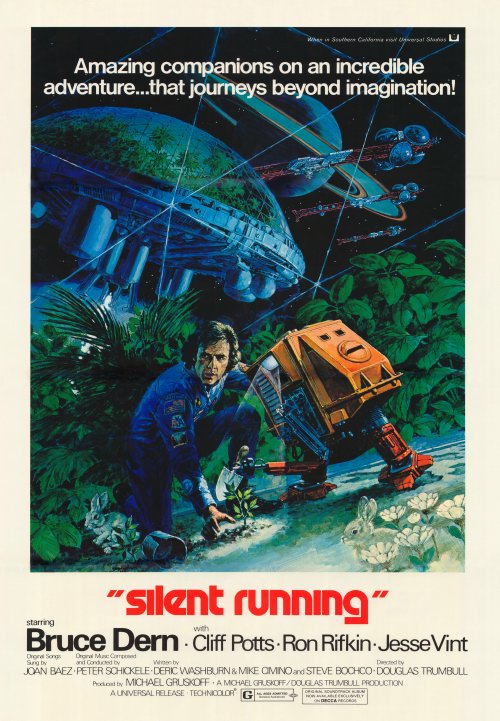Bad SciFi Movie Night
/
A year or so ago, I posted up on Facebook that I had finally gotten a chance to watch Tron, and asked people what movies were worth looking into. The response was overwhelming, and I've come up with a long list of films that I should watch, along with some of my own research into cult classics and gems from the science fiction / fantasy genres. When Megan moved in to my apartment, we began what we jokingly referred to 'Bad SciFi Movie Night', running with the idea that most of the films from that time period are bad films.
It's entertaining, that whenever I post up something about Bad Scifi Movie Night, there's an inevitable flood of replies that the films that I'm watching *aren't* bad. It's true: while there have been some films that I've come across that have been hard to get through, most are outstanding. So, here's an explaination to what I can point to.
So far, Megan and I have run through an excellent list of films:
12 Monkeys, 2001, 2010, Alien*, Aliens*, Alien Nation, Batman, Blade Runner*, Close Encounters of the 3rd Kind*, Dark Crystal, Dune, Enemy Mine, 5th Element*, Forbidden Planet*, Jason and the Argonauts, Gattaca, Highlander, Last Starfighter, Logan's Run, Omega Man, Outland, Planet of the Apes, Predator, Silent Running, Starship Troopers, Supernova, Soylant Green, The Thing, Tron, Total Recall and Westworld. (* indicates that I'd already seen and owned it, but rewatched it.)
Of those, there's some real classics that I've really, really loved: Alien, Alien Nation, Omega Man, Outland, Silent Running and Soylent Green. Others, I didn't like: Enemy Mine, Dark Crystal and Supernova. Win some, lose some.
What I'm enjoying about this watch-list is that it's an excellent opportunity to go through some of the roots of science fiction classics. Movies such as Alien, 2001, Blade Runner, Forbidden Planet and a couple others are real classics in the genre that have absolutely shaped the films that come after it. Part of this came out of my love for the film Moon, by Duncan Jones. In some of the interviews and commentaries that I've read/listened to, he's cited films such as Silent Running and Outland as direct inspirations for his first, brilliant film.
As a historian, my instincts are to look at the roots of what form the present. The films of the 1950s through the early 1990s form the basis for movies and popular culture of today - it's easy to recognize the phrase 'Soylent Green is People!', but it's also important to see some of the roots and themes of the stories from these movies. Understanding the past is important to understand the present, especially in something such as popular culture.
So, while Bad SciFi Movie Night is titled as such, it's not reflective of the quality of the films that we're watching: if anything, the films that we've gone through are just as good - better in some cases - than films that are coming out today.

